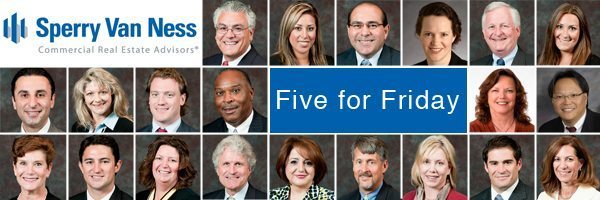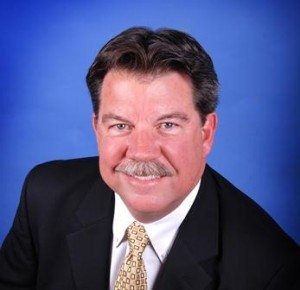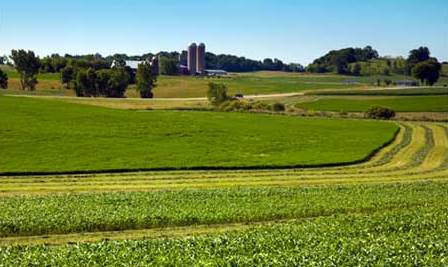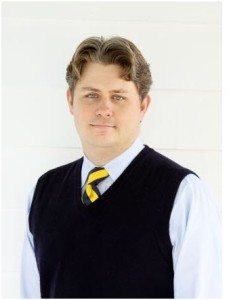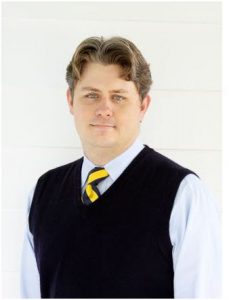
This week, our 5 for Friday features Ben Alder, Land Product Council Chair and Senior Advisor with Sperry Van Ness Miller Commercial Real Estate based out of Salisbury, MD.
1. What is your geographic market and product specialty?
My product specialty is land. My market area is the Delmarva Peninsula – Maryland, Delaware, Virginia.
2. What’s your latest best practice tip that you can share?
I recommend setting aside time for monthly business planning. It helps me stay focused on the big goals while working each day to make business happen. This is equivalent to working ON your business and not IN your business –
3. What’s been the biggest change over on how you run your business in the past decade?
My biggest challenge was committing to focus on one product type which for me is land.
4. What business book do you like to recommend to your colleagues?
I highly recommend, “The 7 Habits of Highly Effective People: Powerful Lessons in Personal Change” by Stephen R. Covey
5. What’s a fun fact that not everyone knows about you?
Not a lot of people know that I am a wetland and waterfowl biologist by training.
*All Sperry Van Ness offices are independently owned and operated.
